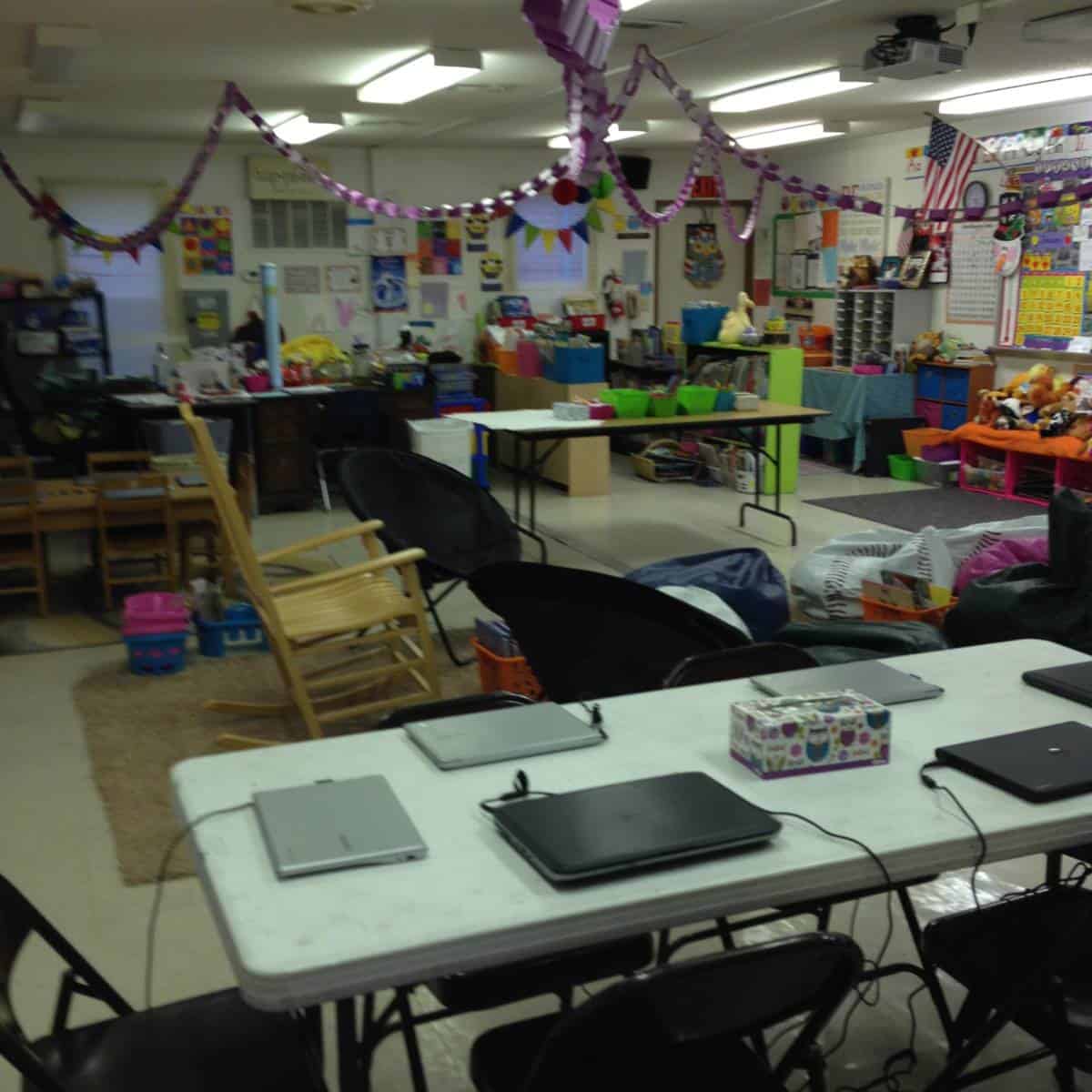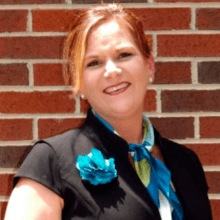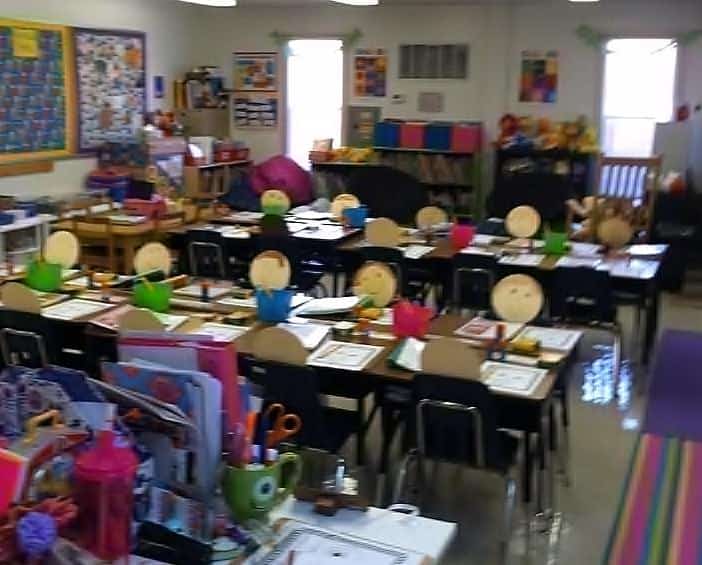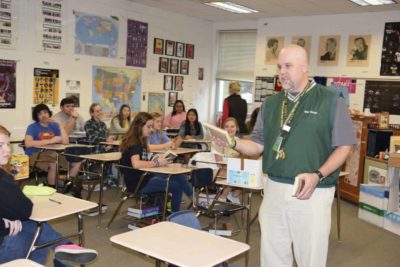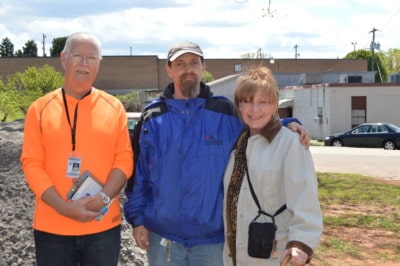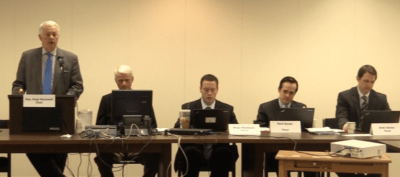I remember the pride I had the very first time I set my classroom up and looked at all of my future students’ desks. They sat in well designed configurations across my classroom, shiny and clean. Their nameplates were adorned with adorable pictures and names written in my best penmanship. Yes, this was my classroom and the children would love it.
Looking back on those days, I realize I had ownership over my classroom in a way I hadn’t acknowledged that first year. I’m sure that although the children were comfortable, they didn’t love it. More importantly, I didn’t have the experience I needed to connect a student’s learning environment to their growth and success. Thankfully along with experience and time, my thinking has changed.
It’s important to mention that I have been teaching for 16 years, and I have seen some of the most remarkable changes in education over that period of time. I’ve seen chalkboards change to whiteboards and whiteboards change to interactive touch screens. There were times when I couldn’t have imagined the speed of the Internet or the ability to have computers for every child. I have seen desktops replaced with laptops and laptops replaced with Chromebooks. But more amazing than all of the technology and the advancement that it brings is the forced realization that I needed to change the way that I thought and trust in the experience that brought me to this point.
The changes in education over the past 16 years have been, for the most part, limited to the tangible items we have all come accustomed to having in our classrooms. Computers allowing students to reach across the globe have become commonplace and in many places an expected part of educational standards. What hasn’t been so quick to change is the mindset of teachers in regards to the physical makeup of the traditional classroom. I would dare say the majority of teachers utilize desks in the same manner they did when they first started teaching. Desks, although functional, are by design made to limit movement and control students’ interactions within the classroom space.
Students are in need of an educational environment that no longer constricts their learning and interaction.
21st century learners require and demand a learning space that inspires and promotes collaborative thinking and real learning experiences.
My transformation from traditional thinking started two years ago when my classroom was moved outside of the building to a “learning hut.” Our school was overcrowded and as the veteran teacher I was the obvious choice to move. The hut is smaller than most classrooms, which forced me to purge many of the treasures I had collected over the years. I threw away, gave away, and modified what I felt I absolutely needed to be a great teacher. The second year of the hut brought even more decisions, as my class size grew, and my resources did as well.
The final straw came when I was brought my twenty second desk. Yep, a new student mid-year would be number 22. Twenty-two students with 22 desks, chairs, backpacks and lunchboxes brought me to an epiphany. With 22 desks, the connection between the learning environment of a student and their success was starkly clear. It just wasn’t working.
I sat back and asked myself what I was using the desks for throughout the day. Were they here for learning? No, the majority of my lessons were taught in small groups in various places across the room. Could I replace them easily and efficiently? Yes, small baskets from a dollar store would do the trick. Could I handle the behavioral issues that may arise from the changes? Well, that was a risk that I was willing to take. Although I knew that possible behavioral issues may arise due to the lack of structure, I felt strongly that a change needed to be made –not for my comfort level, but for their learning level. My 16 years of thinking – 16 years of fixed desks – had changed.
***
It was the coldest day of the winter so far with winds that were forceful and a mixture of rain and sleet. It definitely was NOT the day to move desks, but it was now or never. If I was going to take on this task, it had to be done like the pulling off of a band-aid – I just had to do it. So in one day, I scrapped a philosophy I had used for 16 years and reinvented my classroom.
I embraced “my” classroom and accepted ownership of the learning environment. No longer did I have the comfort of confining desks, the neat clusters around the classroom, and the security blanket all of this provided for me.
I finally turned my classroom over to the ones who needed it the most: my students.
So here I sit and think about all that has changed in my thinking and my room. In exchange for my rows of desks, I created a flexible work station, two computer areas, and a small group center by utilizing four large tables and a few large areas of carpet. Now my classroom is a working instrument that is a picture of collaborative learning and interactive experiences – but more importantly than what I see is what I hear.
Now I hear my students working collaboratively, talking productively, laughing together, converging on ideas and concepts, all beyond the confines of desks and chairs. I see real learning and I see growth. Although the transformation hasn’t been an easy one for me, it has been an amazingly easy one for them. Throughout this process of change, I’ve been able to make the connection between where and how they sit and what they can achieve.
This is their classroom, their learning, and their environment.
I’ve turned it over to them, and I can’t imagine ever taking it back.
